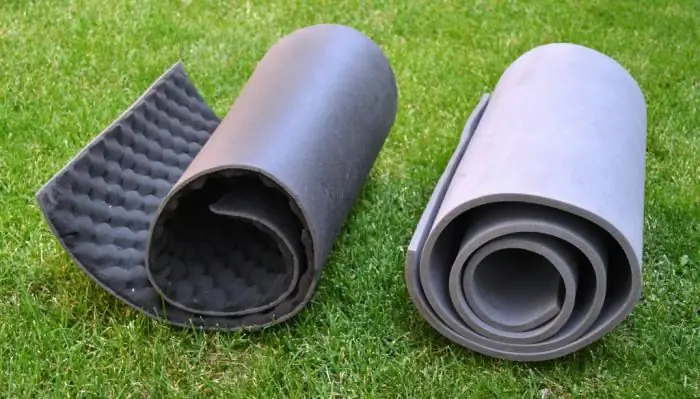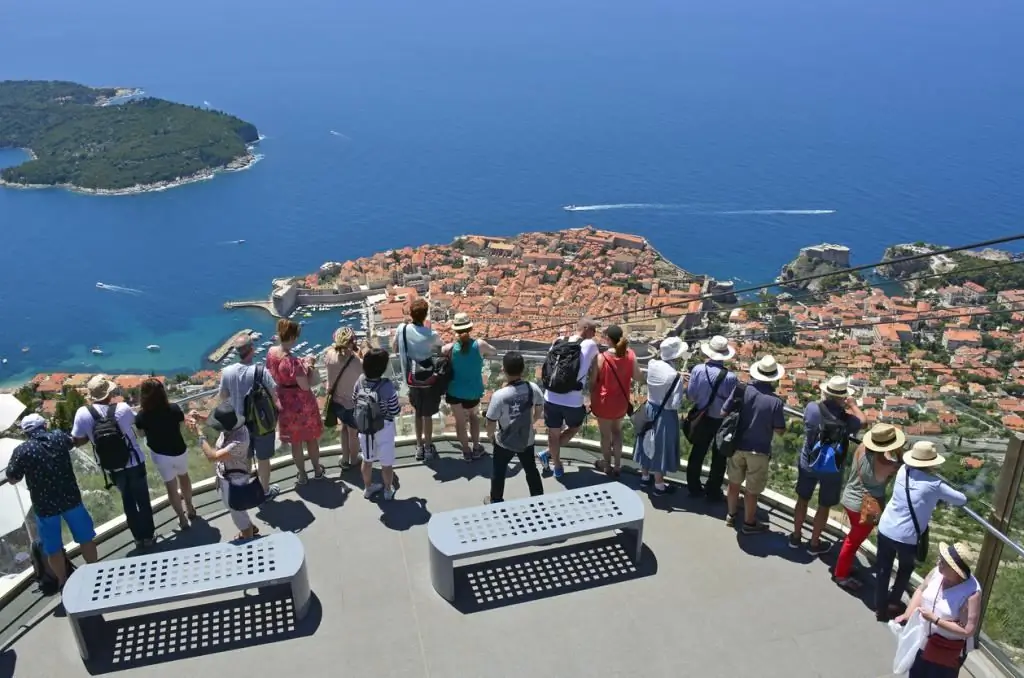- Author Harold Hamphrey [email protected].
- Public 2023-12-17 10:06.
- Last modified 2025-01-24 11:10.
There is a whole list of things without which it is impossible to imagine a camping trip. This is a tent, backpack, sleeping bag, map, compass. When a group of tourists stops for the night and sets up their temporary camp, then such a process cannot be carried out without the use of a special rug called a karemat. Karemat - what is it? An essential piece of equipment for any hiker. Without it, a night's sleep or outdoor recreation can turn into a real torment. Without a tourist rug, a traveler risks earning sciatica or other unpleasant ailments.
Variety of names and the origin of the word "karemat"
Karemat rug in everyday life is called differently. Isomat, foam or just a rug - all this, in fact, means the same thing. In English-speaking countries, it is referred to as a sleeping pad, in Germany - isomatte.
It is interesting and not completely clear the origin of the term "karemat" itself. What this word is and what it means, so far it has not been really possible to find out. Foreign tourists, in particular Americans and Europeans, do not call their rugs that way.
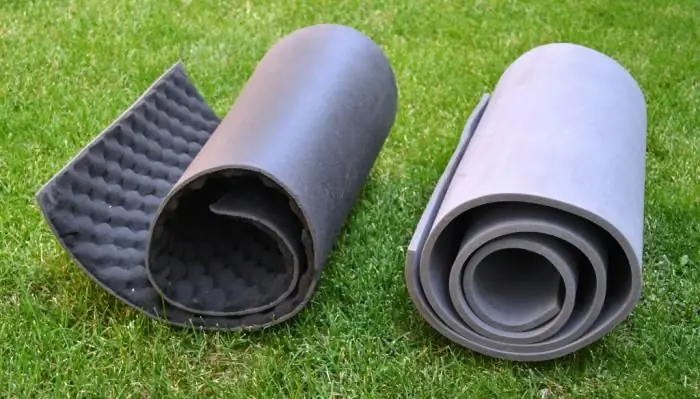
The most plausible versionThe origin of this word is the following. Once upon a time, one of the British firms produced tourist rugs under the name karrimat, which is strange for the English language. It is this word, according to some researchers, that migrated to the Russian language. According to another version, the term comes from the phrase care material, which means “material of care.”
Types of karemats
According to the peculiarities of manufacturing, karemats are divided into:
- inflatable;
- from foam polymers.
In both varieties, the thermal insulation of the mats is provided by air, but in the second case, it is contained in the polymer in the form of bubbles.

Karemats are available in size:
- standard (width 50-60cm, length 180-200cm);
- shortened (used in mountaineering).
According to the design features of the mats can be:
- rolled (more common);
- folding (accordion-shaped).
In addition, mats differ from each other in thickness and in the stiffness of the material used.
Tourist pads and features of their use
Tourist caremat - what is it? What are its features? This is a special dense rug that spreads to the bottom of the tent, directly under the tourist's sleeping bag. Its function is to provide the traveler with the most comfortable rest in extreme natural conditions and protect the sleeping bag from moisture and cold.

Most often in tourismuse lightweight and cheap polyurethane foam mats. However, they are very bulky, voluminous, which makes them difficult to transport. Inflatable mats, in turn, are more compact, but, on the other hand, they are more heavy.
What are the ways to transport the travel mat?
There are no questions with accordion-shaped rugs - they are simply folded and put in a backpack. Resourceful tourists figured out how to transport a roll mat. It is simply folded and placed inside the backpack in such a way that a frame is formed. However, with this installation, up to 10% of the usable volume is lost.
Other backpackers, in order to keep the interior of their backpack intact, prefer to attach a mat to it from the outside (back or side). However, in this case, the mat can be very quickly damaged by branches, ledges of rocks, or completely lost.
Having returned from a trip, the tourist karemat must be dried unfolded during the day. Over time, such a rug loses its thermal insulation properties, so it needs to be changed periodically. How often this should be done depends on how intensively the hiker is hiking.
Choosing a karemat for a hike
In order to choose the right karemat for yourself, you need to focus on four main selection criteria:
- thermal insulation features;
- mat weight;
- size;
- comfort.
Heat-insulating properties of karemats are usually expressed numerically, in the form of the so-called R-factor. The higher it is, themore “warm” is the material of a particular rug. So, a caremat with an R-factor of 2 provides a comfortable sleep at a temperature not lower than 0 degrees Celsius. For stable sub-zero temperatures, it is necessary to use mats with a higher R-factor (R-factor 5 for temperatures down to -20 degrees, R-factor 9 for temperatures up to -50 degrees).
Important parameters when choosing are the weight and size of the mat. Obviously, you need to choose the lightest mat possible (mats weighing over 1 kg are used in special training trips). A lot also depends on its size, in particular the safety of the tourist. The overall karemat will be a clear hindrance in difficult areas or on steep mountain slopes.
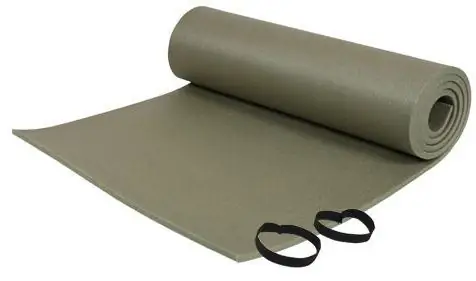
For a comfortable sleep and relaxation, it is important to assess the condition of the surface of the rug. It should be soft and not cause discomfort when tactile contact with it.
It is worth noting that the quality of a product does not always depend on its cost. Karemat, the price of which is very high, will not necessarily be of high quality and reliable. To date, the cost of such rugs is very different: from 200 to several thousand rubles. They can be purchased at specialist travel stores or ordered online.
So, according to many travelers, the most popular today is the so-called Izhevsk karemat. What kind of rug is this and what is its feature? It is of high quality, some tourists have been using it for ten or more years. At the same time, the cost of the Izhevsk karemat is quiteacceptable.
How to make a karemat with your own hands?
Experienced tourists claim that you can easily make a karemat with your own hands. To do this, you need a practical and elastic material - polyethylene foam. It is waterproof and does not require additional lining.
For work, you need to take five sheets of polyethylene foam measuring 50 by 40 cm. In this case, the thickness of each of them must be at least 8 millimeters. These sheets are stacked tightly to each other, and then securely sewn together with nylon tapes. It is necessary to sew in such a way that the karemat can eventually be folded into an “accordion”.
To make a do-it-yourself rug, you can also take a continuous tape of polyethylene foam. However, such a mat will have to be rolled up during transportation.
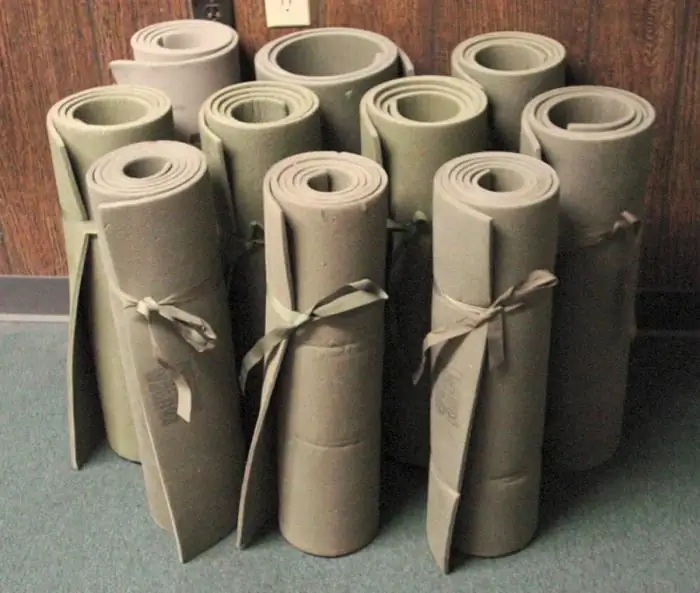
Thus, a tourist rug (or karemat) is an indispensable attribute of every traveler. It will provide a he althy sleep and comfortable rest on h alts. There are many varieties of karemats today, and the prices for this product fluctuate in a wide range. You can choose for yourself an expensive imported rug or a more affordable domestic one. And you can easily make a karemat at home with your own hands.

